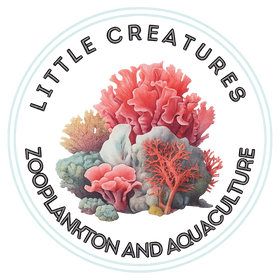Yes, trace amounts of copper are often present in synthetic or commercial sea salt mixes used for marine aquariums—but typically in very low concentrations.
Here's what to know:
✅ Trace elements (including copper)
- Most synthetic sea salts (e.g., Red Sea, Instant Ocean, Tropic Marin, etc.) are designed to mimic natural seawater.
- Natural seawater contains very low levels of copper (typically around 0.8–3 µg/L or ppb).
- Reputable salt brands usually include copper as a trace element, but at levels safe for marine life, including invertebrates and corals.
⚠️ Why it matters
- Excess copper (above ~10–20 µg/L) is toxic to invertebrates, especially shrimp, snails, corals, and copepods.
- If you're culturing zooplankton or running a reef tank, even trace copper can accumulate with dosing or top-offs over time.
💡 Tips:
- Check the salt mix label or lab reports: Some manufacturers publish ICP (inductively coupled plasma) test results showing exact copper levels.
- If you're culturing delicate organisms (like copepods or rotifers), consider:
- Running carbon or CupriSorb to bind excess metals.
- Using RO/DI water to avoid adding copper from tap water.
- Choosing salt mixes known to be minimalist or reef-safe (e.g., Brightwell NeoMarine, Tropic Marin Pro Reef).

